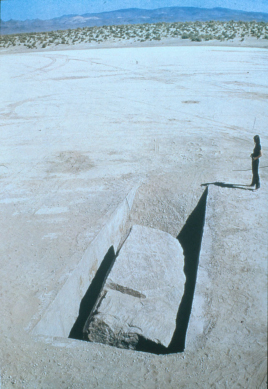Catalyzing InFormals: Occupation in the City
Summer Semester 2012 Advance Architectural Studio: Montana State University
with Brian W. Brush (E/B Office) + Carson Smuts, New York, NY

“Informality has been trivialized through romanticizing of its image…the informal should be [examined] as a praxis, not an aesthetic…,”
Teddy Cruz, Estudio Teddy Cruz, 2012
Click Here To See The Student Work
Language and architecture have a very close relationship. We utilize language in order to define the conditions we create, and in doing so, parts of our language have been stigmatized. Informal has a negative connotation in architecture. Informal conjures up images of rural settlements on the outskirts of cities, known as shanty towns, shack settlements and favelas. If we look at the definition of the word, informal refers to the following:
“(Not) done in accordance with convention or etiquette; (Not) suitable or constituting an official or important occasion.” : Informal
The words ‘convention’, ‘etiquette’ and ‘official‘ relate to event, and not only rules and regulations. ‘Informal’ would be better suited in describing spatial conditions and relationships within a urban context. This studio aims to look at the ‘informal’ within our cities as space that could follow rules and regulations yet evoke alternative forms of the said ‘convention’ and ‘etiquette’ in event space. This is in order to break away from the ‘Informal’, which has more to do with aesthetics, than action. In other words, not to labeled something as informal based purely on the way it appears, but rather the impact it might have on spatial workings of event.

Computational design or parametric design, allows for a flexibility while at the same time adhering to rigorous constraints. It is often used by incorporating data in order to drive iterations in model space whilst conforming to the requirements of this data set.
A key component will be the data that drives our design tools. The data used will not be conventional rules and limits. Such as the data set normally associated with the cities given construct of rules and regulations. Our intention is to employ computation to test the limits and how design performs in an event . The data driving this performance will come from observing, testing and documenting existing event within the city and site, observing how the city facilitates action.
Data will be gathered from the existing context or site as the conventional dimension and scale, but also ritual. Ritual inevitably impacts society’s etiquette, influencing what we consider to be acceptable behavior. With the proliferation of mobile devices, the ritual will cover day to day performance and culture in the virtual as well as the physical.
Michael Heizer (Berkeley, Calif. 1944) Displaced ‑ Replaced Mass no 113, 1969
Each designer will start their project by researching ‘formal’ space in the city to gain an understanding of existing convention and etiquette. They will then research the physical and virtual rituals associated with city life and formulate their own argument for a new informal space. The designers mind will be challenging existing constructs. Creating space that would otherwise be considered unconventional, unofficial, unimportant and of poor etiquette. If ritual takes place in both the ever changing virtual and physical, we will hypothesize what spaces will need to be in order to cater for event.
Using procedural and parametric design tools we will explore emergent possibilities with an open mind. The studio will be utilizing grasshopper and rhino. A series of workshops will be given on the inner workings of this parametric framework. The idea is to enable the designer to link data with concept , forming a dynamic relationship.

